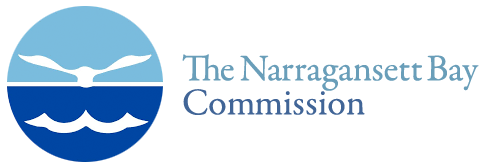Phytoplankton samples were collected on July 24, 2024 at Bullock Reach and analyzed in the laboratory shortly after collection. It was a cloudy and humid day on Narragansett Bay. Sonde data revealed the surface water temperature was 24.4°C, salinity was 26.8 psu, and chlorophyll a was 12.8 ug/L. The qualitative tow net sample had a medium filtration time and the filtrate was clear with a light brown color. Some particulates were noted in the filtrate. The analysis of the quantitative whole water sample revealed a total of 1,154,000 cells/L. The microflagellates were found at 672,000 cells/L. The most predominant phytoplankton genus was Eutreptiella spp. at 154,000 cells/L. Other representative genera include Prorocentrum spp. and Heterocapsa spp. Polykrikos spp. is a genus of marine dinoflagellates featured in today’s 200x phase contrast micrograph image. It gets its name from the Greek “poly” – many, and “krikos” – ring or circle. Polykrikos have been found to regulate algal blooms as they feed on toxic dinoflagellates. However, there is also some data available on Polykrikos being toxic to fish.

